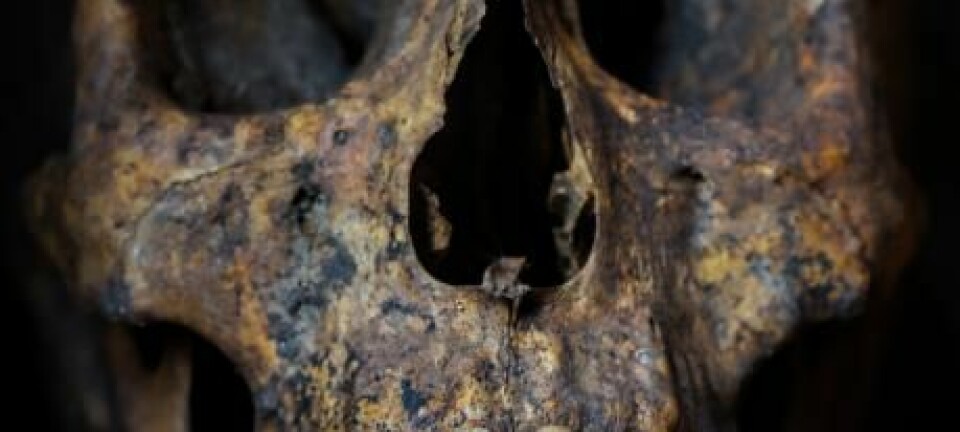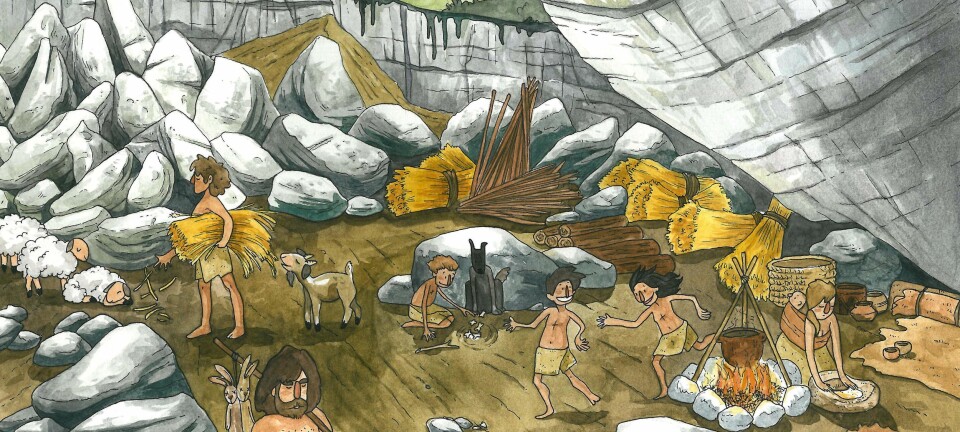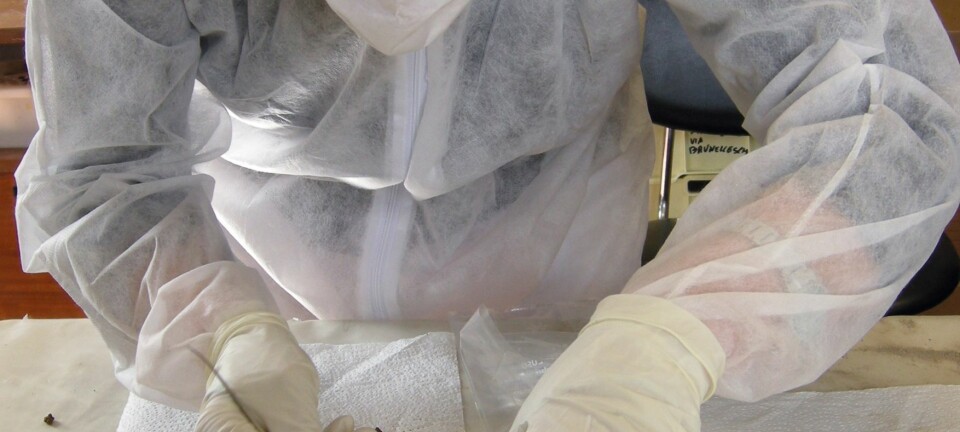
Genetics have remained constant for 8,000 years in world’s melting pot
There is surprising genetic stability in one of the world's most culturally diverse regions: the meeting point between Europe and Asia.
Alexander the Great’s army, Genghis Khan’s Mongolian hordes, and the Ottomans all moved through this hub: The Southern Caucasus. This is the meeting point between East and West, and people have always migrated through, while one culture after another has changed.
But surprisingly, the population has remained genetically the same throughout millennia, shows a new study.
“It’s basically the same female population in the region over the past 8,000 years. It’s very surprising considering the many waves of migration and cultural shifts,” says lead-author Ashot Margaryan from the Centre for GeoGenetics at the Natural History Museum of Denmark, University of Copenhagen.
The study gets to the heart of one of the oldest and most important questions of how often big cultural upheavals in the past occurred, and whether it was ideas or people that migrated.
The new study points to the latter, says project leader Morten Allentoft, adjunct professor at the Centre for GeoGenetics.
“This suggests that new ideas drove cultural changes in the southern Caucasus,” he says.
The study is published in the scientific journal Current Biology.
Culture and genetics are perhaps unconnected
The result is goes against the mainstream thinking within the field of genetics.
“The past five years of genetic studies have shown that cultural changes in many cases are connected to genetic changes, which suggests migration. But the new study shows that in one of the most culturally diverse and exciting regions in the world there was a high degree of genetic continuity, even though the culture has changed constantly. It’s exciting and a little unexpected,” says Rasmus Nielsen, professor of evolutionary biology at the University of California Berkeley in the USA. Nielsen was not involved in the new study.
The study shows how fossil DNA helps to give a much more nuanced and detailed picture of history, says archaeologist Niels Nørkjær Johannsen from the Department of Archaeology and Cultural Studies at the Institute of Culture and Society at Aarhus University, Denmark.
Johannsen recently wrote in Science on the future of collaboration between archaeology and geneticists.
“In my view it’s a really interesting study because it highlights the complexity of the interaction between cultural development and the biological development of the population. The variability in this relationship will be one of the most central research questions in the coming years, so studies like this are very important,” he says.
Expand cooperation
Scientists now hope to be able to expand the study’s geographic reach and to map the full genome form their existing samples.
“This is not a definitive answer but a beginning, and I hope that archaeology will use it to reinterpret their discoveries,” says Margaryan.
Johannsen agrees.
“But when the authors continue to work in this region, in my opinion they should put more emphasis on the archaeology and historical data,” he says.
“The prehistoric and historic cultural developments are absolutely central for the study’s main points, where it’s the comparison of the genetic and archaeological-historical patterns that reveal the full story,” says Johannsen.
----------------------
Read more in the Danish version of this story on Videnskab.dk
Translated by: Catherine Jex









